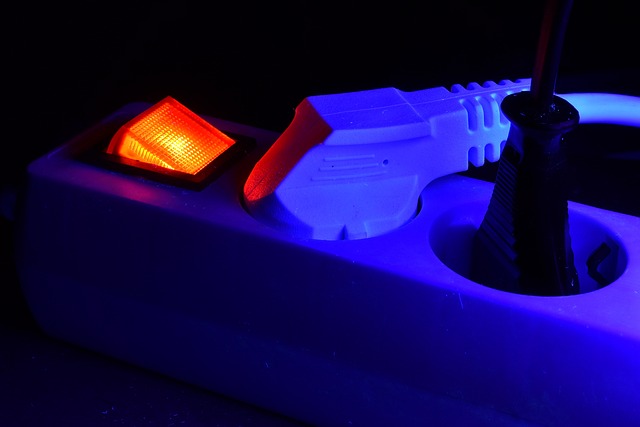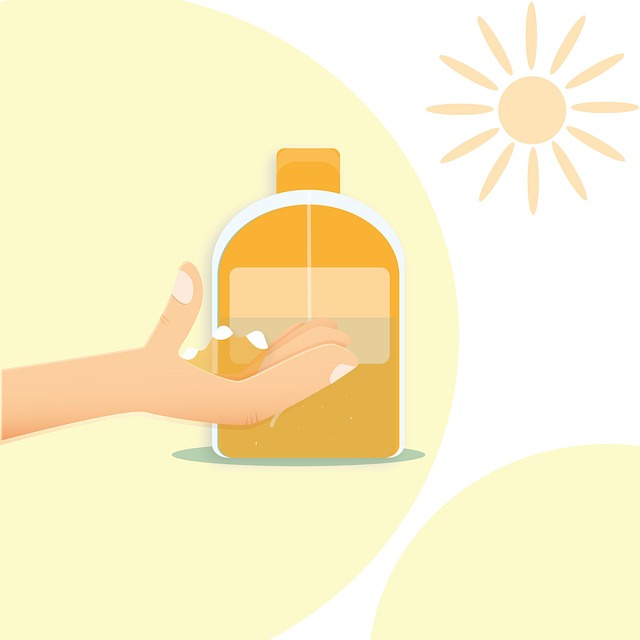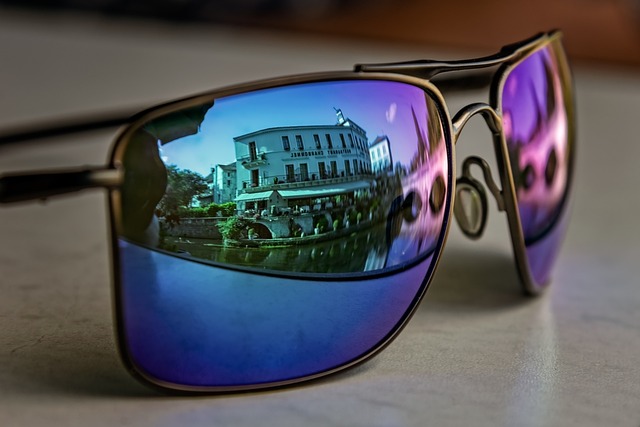6 Tips for Protecting Your Skin from Sun Damage and Skin Cancer
Learn essential tips for safeguarding your skin from the sun’s harmful effects and reducing your risk of skin cancer. Discover practical ways to maintain healthy, glowing skin while enjoying the sunshine.
When it comes to taking care of your skin, sun protection is one of the most crucial yet overlooked aspects. Harmful UV rays not only contribute to premature aging—causing wrinkles, dark spots, and sagging skin—but also significantly increase your risk of skin cancer. Whether you're enjoying a day at the beach, hiking in the mountains, or simply running errands, consistent protection from the sun is key to maintaining youthful and healthy skin.

Here are six effective tips to help you protect your skin from sun damage and lower your risk of skin cancer. In Part 1, we’ll cover three foundational tips that every skincare routine should include.
Tip 1: Always Use a Broad-Spectrum Sunscreen
One of the simplest and most effective steps for preventing sun damage is using a broad-spectrum sunscreen daily. A broad-spectrum sunscreen protects against both UVA and UVB rays. UVA rays penetrate deeply, contributing to skin aging, while UVB rays primarily cause sunburn. Both types of rays, however, can lead to skin cancer. When selecting a sunscreen, opt for one with an SPF of at least 30, which blocks approximately 97% of UVB rays.
For best results, apply sunscreen about 15–30 minutes before heading outside, and reapply every two hours or immediately after swimming or excessive sweating. A common mistake is to apply too little sunscreen—ensure you’re using enough to cover all exposed areas thoroughly, including often-missed spots like the ears, neck, and tops of the feet.
Tip 2: Cover Up with Protective Clothing
While sunscreen is essential, adding a physical barrier between your skin and the sun can offer even more protection. Invest in protective clothing designed with UV-blocking fabrics, which provide an extra layer of defense against harmful rays. Look for clothing labeled with an Ultraviolet Protection Factor (UPF) rating, as UPF measures how well a fabric shields your skin from UV rays. For example, a UPF rating of 50 allows only 1/50th of UV radiation to reach your skin.
Long-sleeved shirts, wide-brimmed hats, and UV-protective sunglasses are excellent additions to your sun-protection wardrobe. A wide-brimmed hat, for instance, protects not only your scalp but also your face, neck, and shoulders—areas particularly susceptible to sun exposure. Sunglasses that block 100% of UVA and UVB rays protect your eyes and prevent wrinkles around the eyes, a common sign of sun damage.

Tip 3: Seek Shade, Especially During Peak Hours
The sun’s rays are strongest between 10 a.m. and 4 p.m., and during this time, UV radiation is at its peak. One of the best strategies for protecting your skin is to stay in the shade during these hours. If you’re outside during peak times, seek shelter under umbrellas, trees, or covered areas whenever possible.
Making shade a priority not only reduces direct exposure to UV rays but also helps keep you cool, which can prevent overheating and dehydration. If you plan to be active outdoors, like hiking or playing sports, try to time your activities for early morning or late afternoon when the sun’s intensity is lower.
In the next section, we’ll explore additional ways to protect your skin, including skincare habits and lifestyle choices that complement these initial steps. Consistent sun protection requires daily commitment, but the rewards of healthy, resilient skin are worth it.
Now that you have the basics of sunscreen, protective clothing, and shade, let’s dive into the next three tips that complete a comprehensive sun-protection plan. These tips focus on establishing habits that support your skin’s health over time.
Tip 4: Use Antioxidant-Rich Skincare
In addition to sunscreen, incorporating antioxidant-rich products into your skincare routine can enhance your skin’s natural defenses. Antioxidants, such as vitamin C, vitamin E, and green tea extract, neutralize free radicals—unstable molecules that can damage skin cells and accelerate aging. UV exposure is one of the main sources of free radical production in the skin, so applying antioxidants topically can provide an extra layer of protection.
Look for serums or moisturizers that contain antioxidants and apply them in the morning before your sunscreen. This combination creates a powerful barrier against the harmful effects of the sun. Plus, antioxidants can help repair minor sun damage, giving your skin a brighter, more even tone over time.

Tip 5: Monitor and Protect Your Lips
When it comes to sun protection, don’t overlook your lips! The skin on your lips is thinner and more delicate than other areas, making it particularly vulnerable to sun damage. Chronic sun exposure can lead to chapped lips, dark spots, and even skin cancer on the lips. To protect this sensitive area, choose a lip balm with at least SPF 15, reapplying frequently, especially if you’re eating or drinking.
Lip balms with SPF are often formulated to be more hydrating, which helps prevent dryness and cracking as well. If you’re spending an extended period outdoors, consider reapplying every hour to keep your lips fully protected.
Tip 6: Perform Regular Skin Self-Exams
Lastly, one of the most proactive steps you can take to prevent skin cancer is to conduct regular skin self-exams. Examining your skin for new moles, growths, or changes in existing spots can help you detect potential issues early. Skin cancer is highly treatable when caught in its initial stages, so make self-exams a monthly habit.
Use a mirror to inspect hard-to-see areas, such as your back and the backs of your legs, and don’t hesitate to ask for help from a partner or friend if needed. Look for asymmetrical moles, irregular borders, variations in color, or changes in size and shape, and consult a dermatologist if you notice anything unusual. Annual skin checks with a dermatologist are also recommended, especially if you have a history of sunburns, a family history of skin cancer, or numerous moles.
Maintaining healthy, protected skin is about consistency and conscious choices. By following these six tips—using sunscreen, wearing protective clothing, seeking shade, applying antioxidants, protecting your lips, and performing regular skin checks—you’re investing in the long-term health of your skin. Remember, sun protection is a daily habit that pays off by reducing your risk of skin cancer and keeping your skin looking youthful for years to come.

